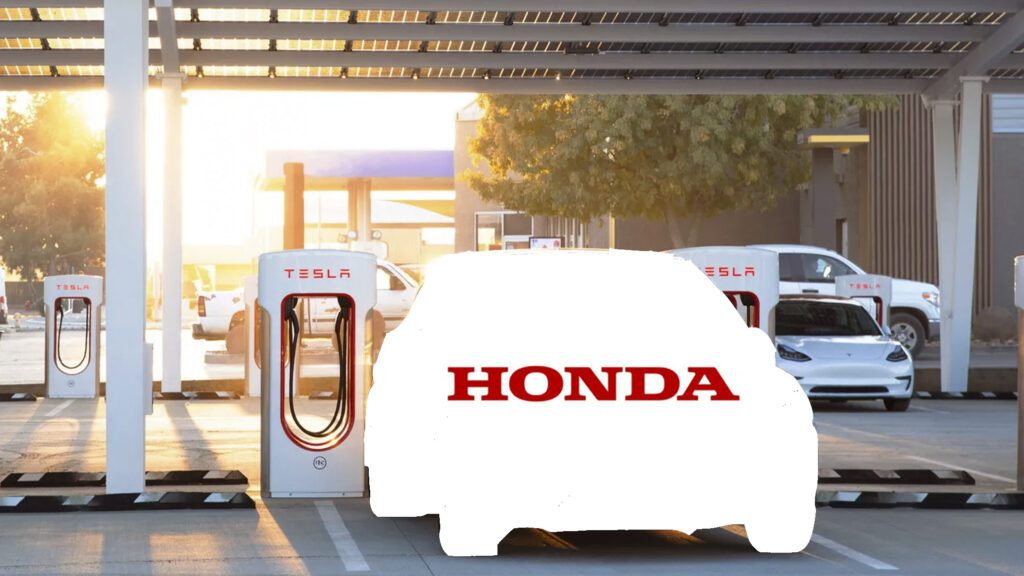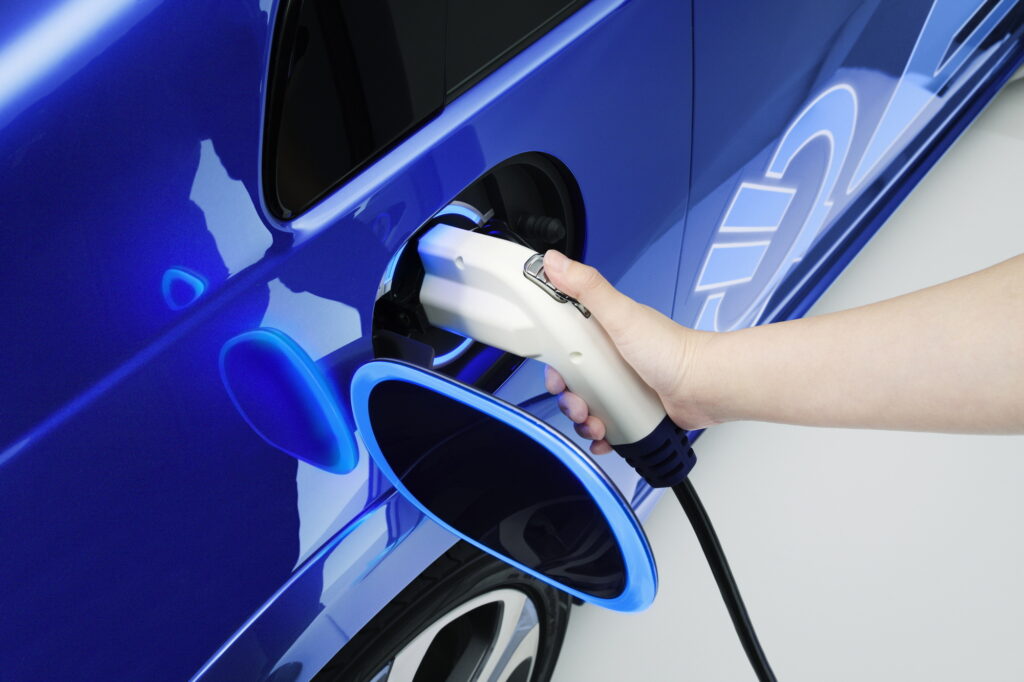Honda joins the NACS bandwagon, enabling their EV owners to take advantage of Tesla’s Supercharger network
September 7, 2023 at 16:29
 –>
–> 
–>
Honda has confirmed that it will use the Tesla-developed North American Charging Standard (NACS) for its electric vehicles sold in North America. The move echoes the likes of Ford, GM, Nissan, Mercedes-Benz, Fisker, and Rivian, who have all made similar announcements.
The first model to appear from Honda in the U.S. with a NACS port will be in 2025, which will be a mid- to large-sized SUV based on Honda’s own e Architecture platform.
The Ultium-platform-based Honda Prologue and Acura ZDX, which were co-developed with General Motors, won’t receive a NACS port but will instead make do with CCS when they launch in 2024. However, earlier this year, Honda executive vice president Shinji Aoyama clarified that once GM switches to NACS, the ZDX will follow suit, with a rough timeline of 2025 or 2026.
advertisement scroll to continue
Related: 2024 Acura ZDX Returns As An Electric SUV With Up To 500 HP Starting From $60,000

In the meantime, the company confirmed that it is developing a CCS to NACS charging adapter for any EV it offers before the changeover, opening up all Honda EVs to take advantage of the Tesla Supercharger network.
Tesla’s network of fast charge stations is widely recognized as one of the best, with rival offerings often being mired with breakdowns and incompatibility issues, causing record levels of dissatisfaction among EV owners.
Honda says that their agreement with Tesla will “significantly enhance charging convenience” as the Japanese carmaker looks to create a better charging environment to propagate EV adoption in the U.S.
Additionally, Honda will continue to work with BMW, General Motors, Hyundai, Kia, Mercedes-Benz, and Stellantis to develop a new North American charging network. The joint venture aims to establish at least 30,000 chargers across the United States and Canada, all of which will offer DC fast charging and have both CCS and NACS plugs. These charging stations will initially be established in metropolitan areas and along major highways before expanding to important connecting corridors and popular vacation routes.

 <!–
<!– –>
–> 
